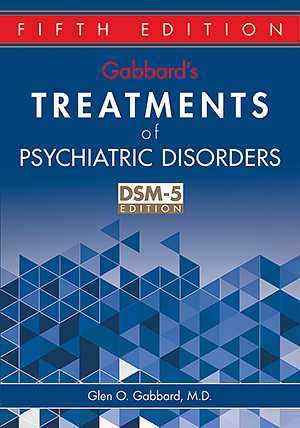Sections
Excerpt
Parkinson’s disease (PD) is the second most common neurodegenerative disease after Alzheimer’s disease (AD). Although the diagnosis of PD requires the presence of characteristic and progressive motor abnormalities (i.e., bradykinesia, rigidity, and resting tremor) in the absence of dementia, cognitive disturbances also develop to some extent in almost all patients with PD over the course of the disease (Svenningsson et al. 2012). The spectrum of cognitive impairment in PD ranges from mild selective disturbances to global dementia (see Box 67-; American Psychiatric Association 2013), and the cognitive clinical course and rate of decline in PD are variable (Barone et al. 2011). At the earliest stages of PD, cognitive deficits are evident in up to one-third of patients (Litvan et al. 2011). In nondemented patients with PD, overall cross-sectional prevalence of mild cognitive impairment (PD-MCI) is 19%–38% (Litvan et al. 2011). Age, disease duration, and PD severity are associated with presence of PD-MCI. The point prevalence of PD-dementia (PDD) is 30%–40% (Riedel et al. 2010), and the cumulative prevalence of PDD is approximately 80% (Aarsland et al. 2005; Reijnders et al. 2008). PDD overlaps clinically and neuropathologically with dementia with Lewy bodies (DLB), with the principal distinction between these conditions being onset of dementia in DLB before or shortly after parkinsonism and dementia in PDD developing approximately 8–10 years after diagnosis (which is anchored to motor symptoms).
Access content
To read the fulltext, please use one of the options below to sign in or purchase access.- Personal login
- Institutional Login
- Sign in via OpenAthens
- Register for access
-
Please login/register if you wish to pair your device and check access availability.
Not a subscriber?
PsychiatryOnline subscription options offer access to the DSM-5 library, books, journals, CME, and patient resources. This all-in-one virtual library provides psychiatrists and mental health professionals with key resources for diagnosis, treatment, research, and professional development.
Need more help? PsychiatryOnline Customer Service may be reached by emailing [email protected] or by calling 800-368-5777 (in the U.S.) or 703-907-7322 (outside the U.S.).



